Home>Gardening & Outdoor>Landscaping Ideas>Why Is Grass Important To The Environment
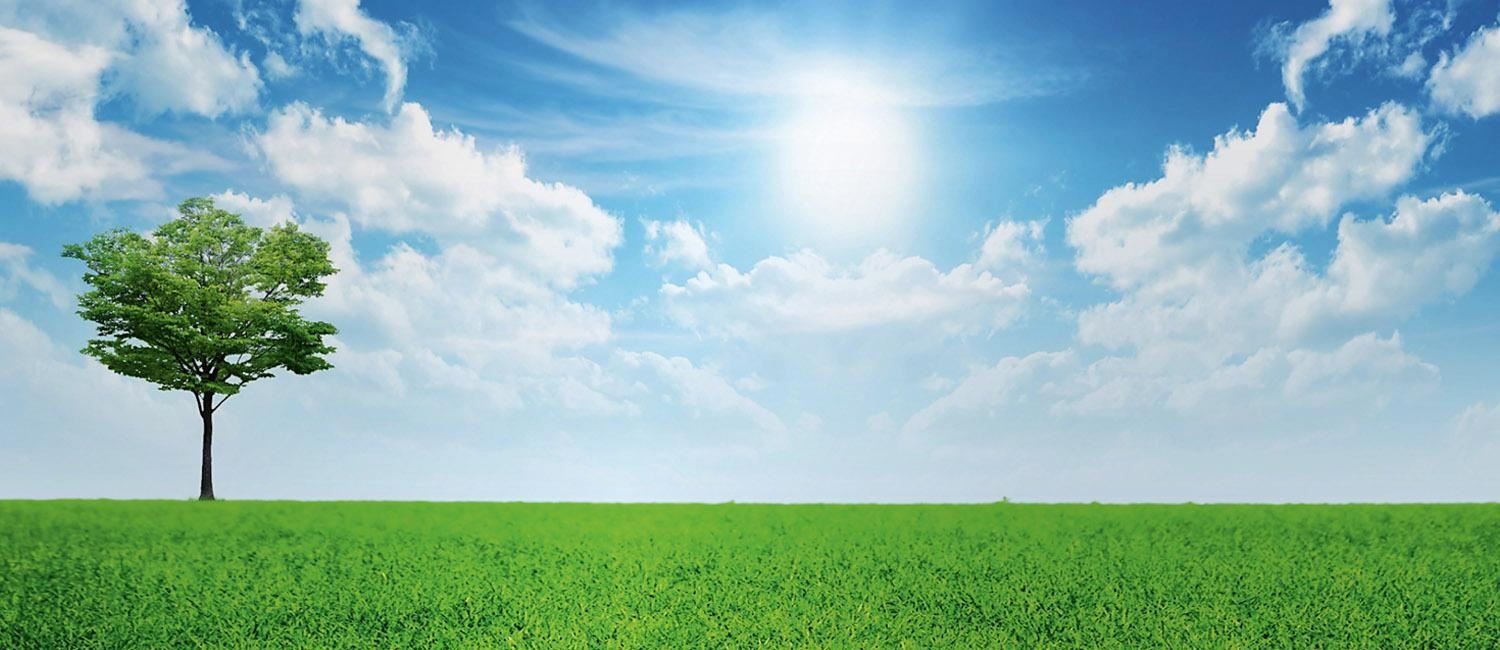

Landscaping Ideas
Why Is Grass Important To The Environment
Published: January 29, 2024
Discover the significance of grass in landscaping and its crucial role in preserving the environment. Explore sustainable landscaping ideas to enhance your outdoor space.
(Many of the links in this article redirect to a specific reviewed product. Your purchase of these products through affiliate links helps to generate commission for Storables.com, at no extra cost. Learn more)
Introduction
Introduction
Grass is often viewed as a humble and unassuming feature of the natural landscape, but its significance in the environment is profound and multifaceted. From enhancing soil health to serving as a crucial habitat for wildlife, grass plays a pivotal role in maintaining ecological balance. This article delves into the various ways in which grass contributes to the environment, shedding light on its importance in sustaining life on Earth. Let's explore the remarkable impact of this ubiquitous greenery and gain a deeper appreciation for its vital role in the ecosystem.
Key Takeaways:
- Grass is crucial for the environment as it prevents soil erosion, stores carbon, provides habitats for wildlife, and produces oxygen, contributing to a balanced and healthy ecosystem.
- Grasslands are essential for maintaining the delicate balance of the environment, supporting diverse wildlife, preserving soil health, and contributing to the fight against climate change.
Role of Grass in Soil Health
Grass serves as a natural guardian of soil health, playing a crucial role in preventing erosion and maintaining soil structure. The intricate network of grass roots acts as anchors, firmly securing the soil and mitigating the risk of erosion caused by wind and water. This protective function is particularly vital in areas prone to soil degradation, where grassland ecosystems act as a shield against the detrimental effects of erosion.
Moreover, the presence of grass contributes to the enrichment of soil organic matter. As grasses undergo natural growth and decomposition cycles, they continuously replenish the soil with essential organic compounds, fostering a fertile environment for diverse flora and fauna. The organic residues left behind by grasses serve as a source of nutrients, promoting microbial activity and overall soil vitality.
Additionally, the dense root systems of grasses enhance soil aeration and water infiltration, bolstering the soil’s capacity to retain moisture and nutrients. This, in turn, facilitates optimal conditions for plant growth and sustains the delicate balance of the ecosystem.
Grass as a Carbon Sink
Grasslands play a pivotal role in sequestering carbon dioxide from the atmosphere, effectively functioning as a carbon sink. The process of photosynthesis, inherent to the growth of grasses, enables them to absorb carbon dioxide and convert it into organic compounds. This mechanism not only aids in reducing the concentration of greenhouse gases in the atmosphere but also contributes to mitigating climate change.
Furthermore, the extensive root systems of grasses store substantial amounts of carbon in the soil, playing a significant part in carbon sequestration. As the roots decompose at a slow pace, carbon is effectively trapped in the soil, thereby aiding in the regulation of atmospheric carbon levels.
Grasslands, including pastures and prairies, have the capacity to sequester carbon at impressive rates, making them indispensable in global efforts to combat rising carbon emissions. By harnessing the natural carbon-storing capabilities of grasses, these ecosystems offer a sustainable means of mitigating the impacts of climate change and preserving environmental equilibrium.
Grass as a Habitat for Wildlife
Grasslands serve as vital habitats for a diverse array of wildlife, offering an extensive range of resources and shelter for numerous species. The complex structure of grassy landscapes provides refuge for a plethora of insects, reptiles, birds, and mammals, fostering rich biodiversity and ecological resilience.
For many species, grasslands represent essential breeding grounds and foraging areas. The dense vegetation and intricate root systems of grasses provide nesting sites and protective cover, enabling various wildlife populations to thrive. In addition, the seeds, fruits, and insects found within grasslands form a crucial component of the diets of numerous herbivores and omnivores, sustaining intricate food webs and ecological interactions.
Furthermore, grasslands support a multitude of specialized and endemic species, each intricately woven into the fabric of the ecosystem. From the iconic pronghorns of North America to the enchanting meadowlarks and skylarks of Europe, grasslands harbor an array of unique and irreplaceable wildlife, contributing to the tapestry of global biodiversity.
By serving as vital habitats for wildlife, grasslands play an indispensable role in preserving the delicate balance of ecosystems and safeguarding the survival of countless species. Their significance extends far beyond their green expanses, encompassing a web of life that is intricately interconnected and reliant on the nurturing embrace of grassy landscapes.
Tip: Grass plays a crucial role in the environment by preventing soil erosion, absorbing carbon dioxide, and providing habitat for many species. Planting and maintaining grass in your yard can help support a healthy ecosystem.
Read more: Why Is Greenery Important
Grass as a Source of Oxygen
While forests are often heralded as the “lungs of the Earth,” grasslands also make substantial contributions to oxygen production and atmospheric quality. The process of photosynthesis, fundamental to the growth of grasses, entails the conversion of carbon dioxide into oxygen, thereby enriching the air with vital respiratory sustenance.
Grasses, through their extensive leaf surfaces, engage in the photosynthetic process, generating oxygen as a byproduct. This oxygen release is integral to the maintenance of a balanced atmospheric composition, supporting the respiration of diverse life forms and contributing to the overall well-being of the planet.
Moreover, the vast expanse of grasslands globally collectively partakes in oxygen production, making a significant impact on global oxygen levels. This underscores the indispensable role of grasses in the provision of oxygen, underscoring their status as crucial contributors to the sustainability of life on Earth.
Grass as a Natural Erosion Control
Grasslands serve as a natural defense against soil erosion, playing a pivotal role in preserving land integrity and mitigating the adverse effects of erosion. The dense network of grass roots acts as a stabilizing force, firmly anchoring the soil and reducing the risk of displacement caused by wind and water. This protective function is particularly crucial in vulnerable landscapes, where the presence of grasses serves as a vital safeguard against the detrimental impact of erosion.
Moreover, the intricate root systems of grasses enhance soil structure and porosity, facilitating water infiltration and reducing surface runoff. By effectively absorbing and dispersing the force of rainfall, grasslands help to minimize soil loss and maintain the integrity of the landscape. This erosion control mechanism is instrumental in safeguarding agricultural lands, preserving natural habitats, and sustaining the overall health of ecosystems.
Furthermore, the presence of grasses contributes to the prevention of gully erosion and the formation of sediment deposits, thereby maintaining water quality and aquatic habitats. The protective role of grasslands in regulating erosion extends beyond land preservation, encompassing the preservation of water resources and the intricate balance of aquatic ecosystems.
By serving as a natural erosion control, grasslands play a vital role in preserving the structural integrity of landscapes, safeguarding soil health, and maintaining the equilibrium of ecosystems. Their innate capacity to mitigate erosion underscores their significance as a foundational element of environmental sustainability.
Conclusion
Grass, often overlooked in its significance, emerges as a cornerstone of environmental stability and vitality. From its pivotal role in soil health and erosion control to its contributions as a carbon sink and oxygen source, grasslands embody multifaceted importance in sustaining the delicate balance of the natural world. Furthermore, the provision of vital habitats for diverse wildlife underscores the indispensable role of grasslands in fostering biodiversity and ecological resilience.
As we navigate the complexities of environmental conservation and sustainable living, it is imperative to recognize and celebrate the profound impact of grass on the planet’s health. By nurturing and preserving grasslands, we not only safeguard critical ecosystems but also contribute to the global efforts to mitigate climate change, protect biodiversity, and ensure the well-being of current and future generations.
In essence, the verdant expanses of grasslands symbolize resilience, interconnectedness, and the enduring beauty of the natural world. Their significance transcends their emerald hues, encompassing a tapestry of life, sustenance, and ecological harmony. As stewards of the Earth, it is our collective responsibility to cherish and safeguard these vital landscapes, recognizing the profound impact of grass on the environment and embracing its intrinsic value in shaping a sustainable future.
Frequently Asked Questions about Why Is Grass Important To The Environment
Was this page helpful?
At Storables.com, we guarantee accurate and reliable information. Our content, validated by Expert Board Contributors, is crafted following stringent Editorial Policies. We're committed to providing you with well-researched, expert-backed insights for all your informational needs.
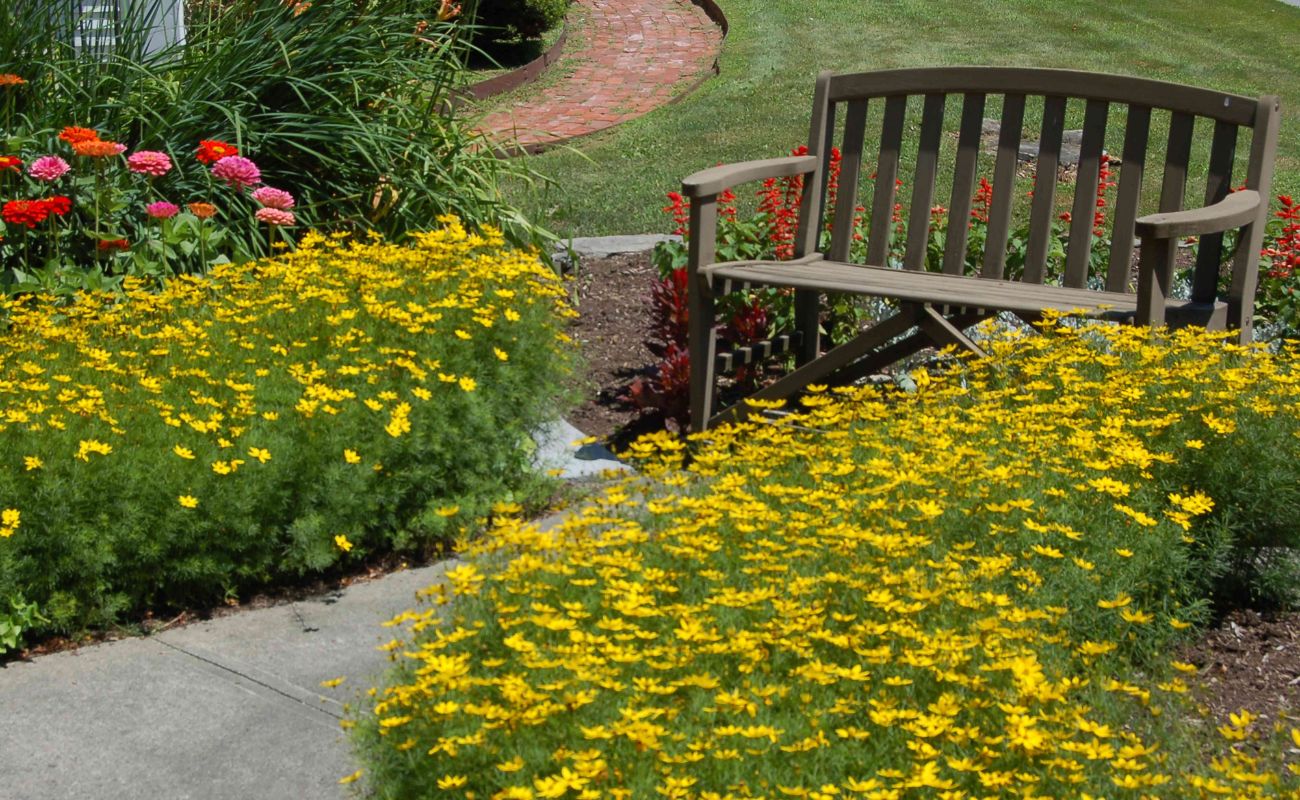
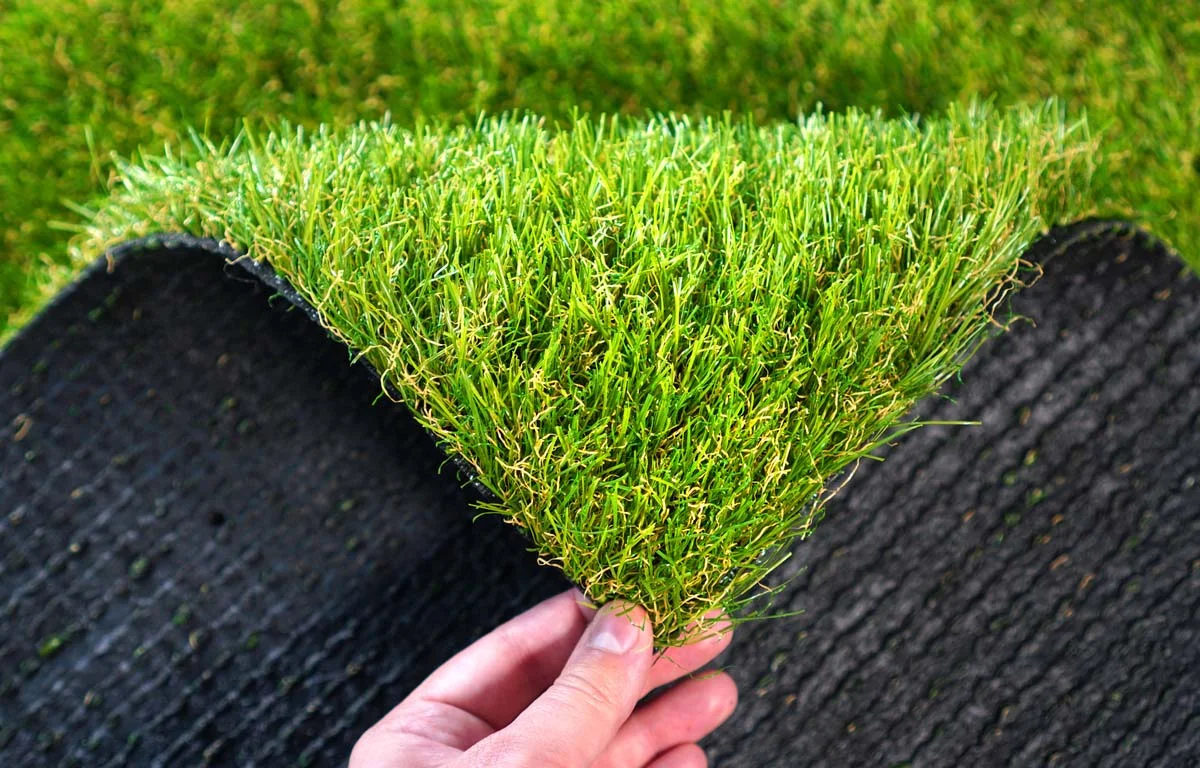



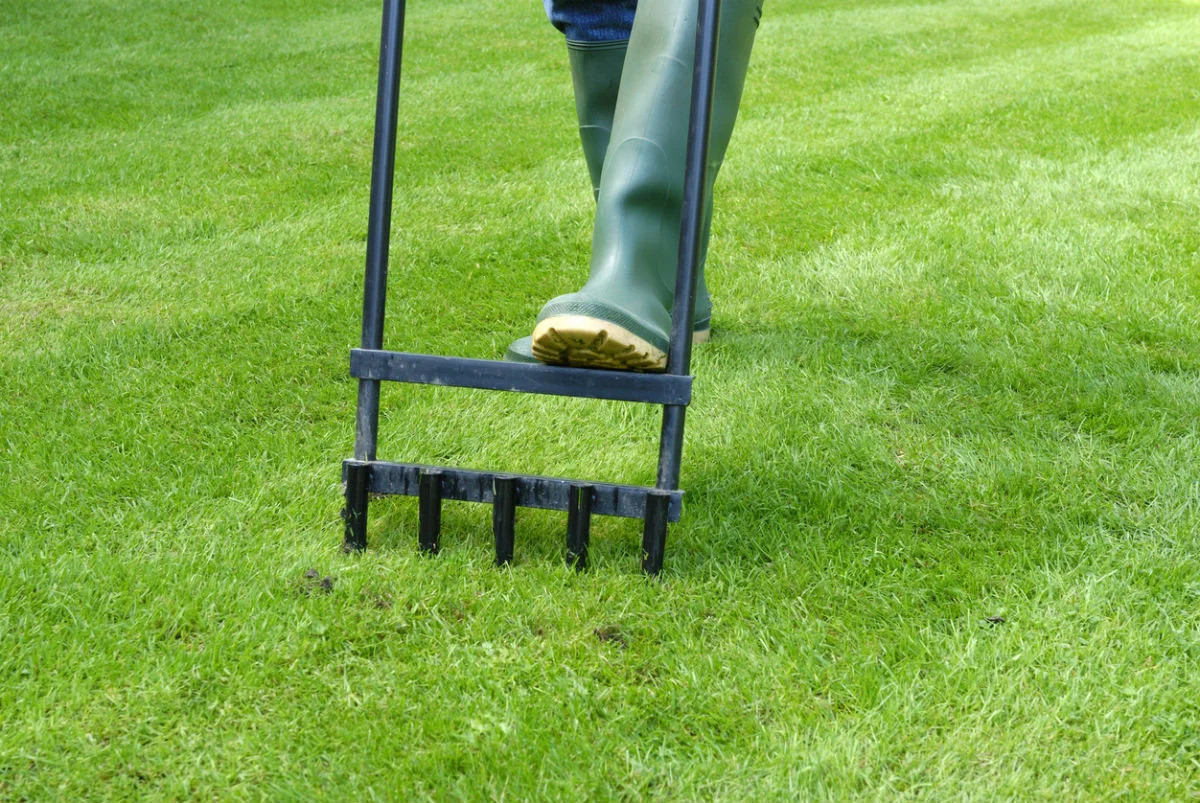

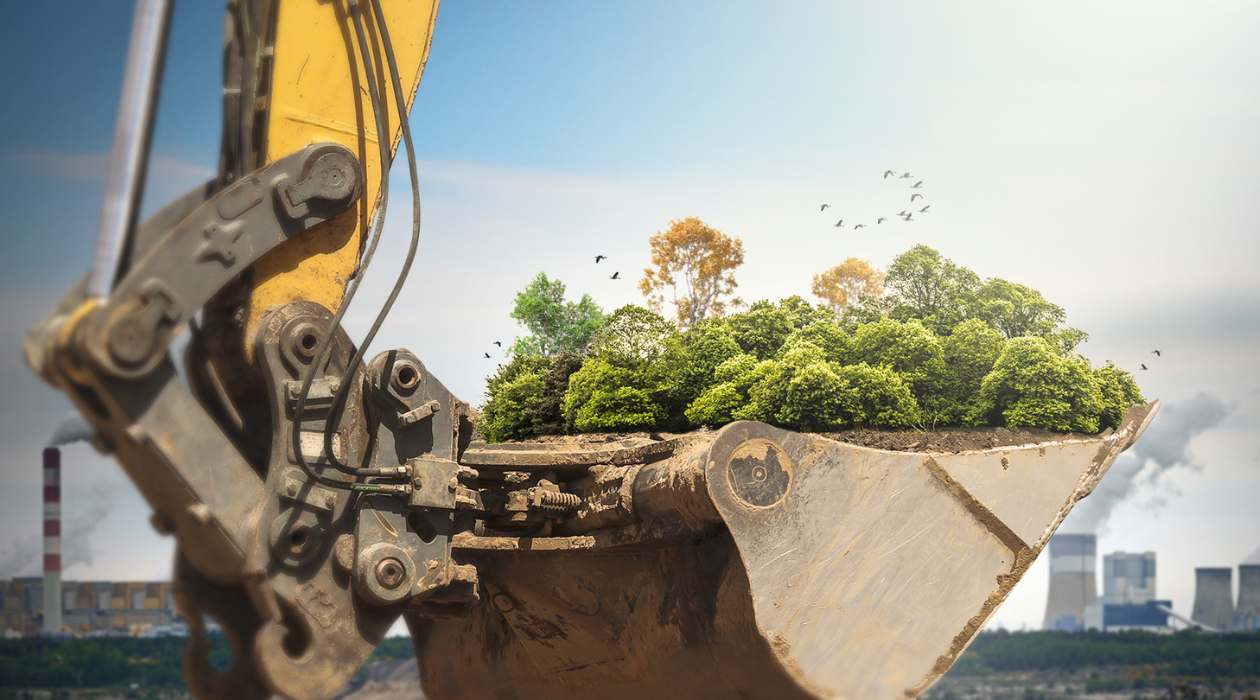


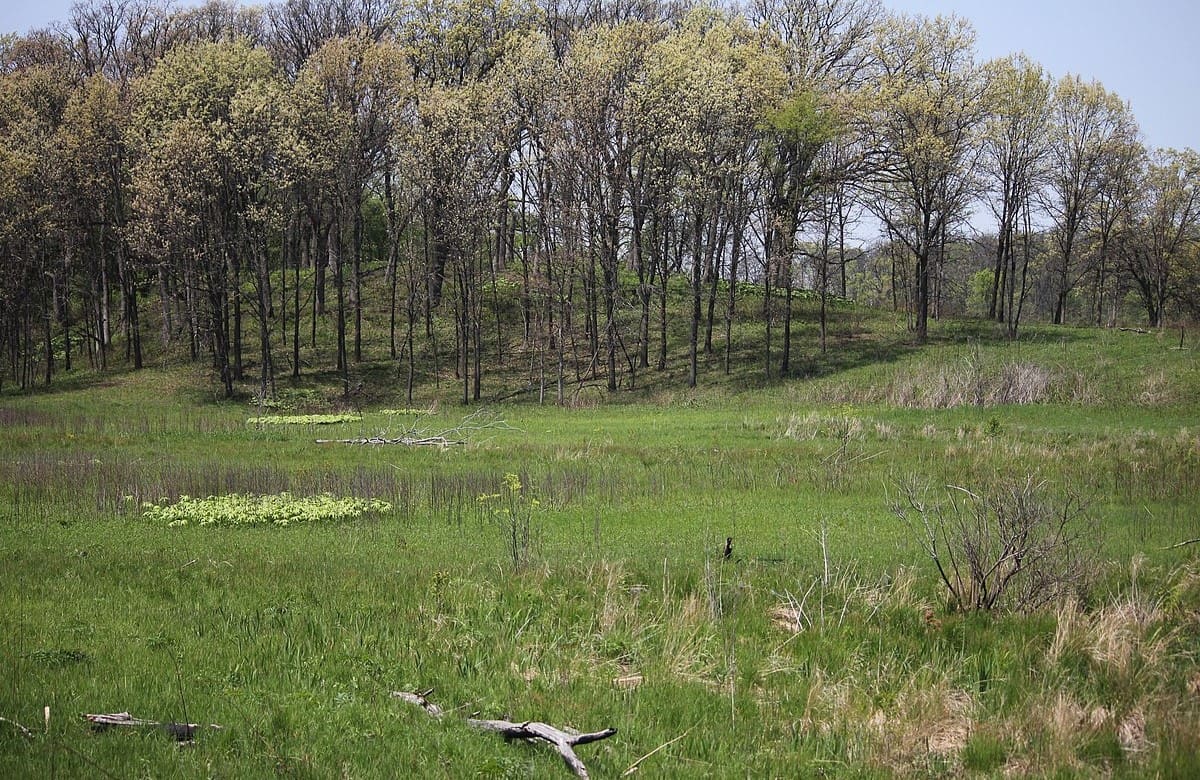


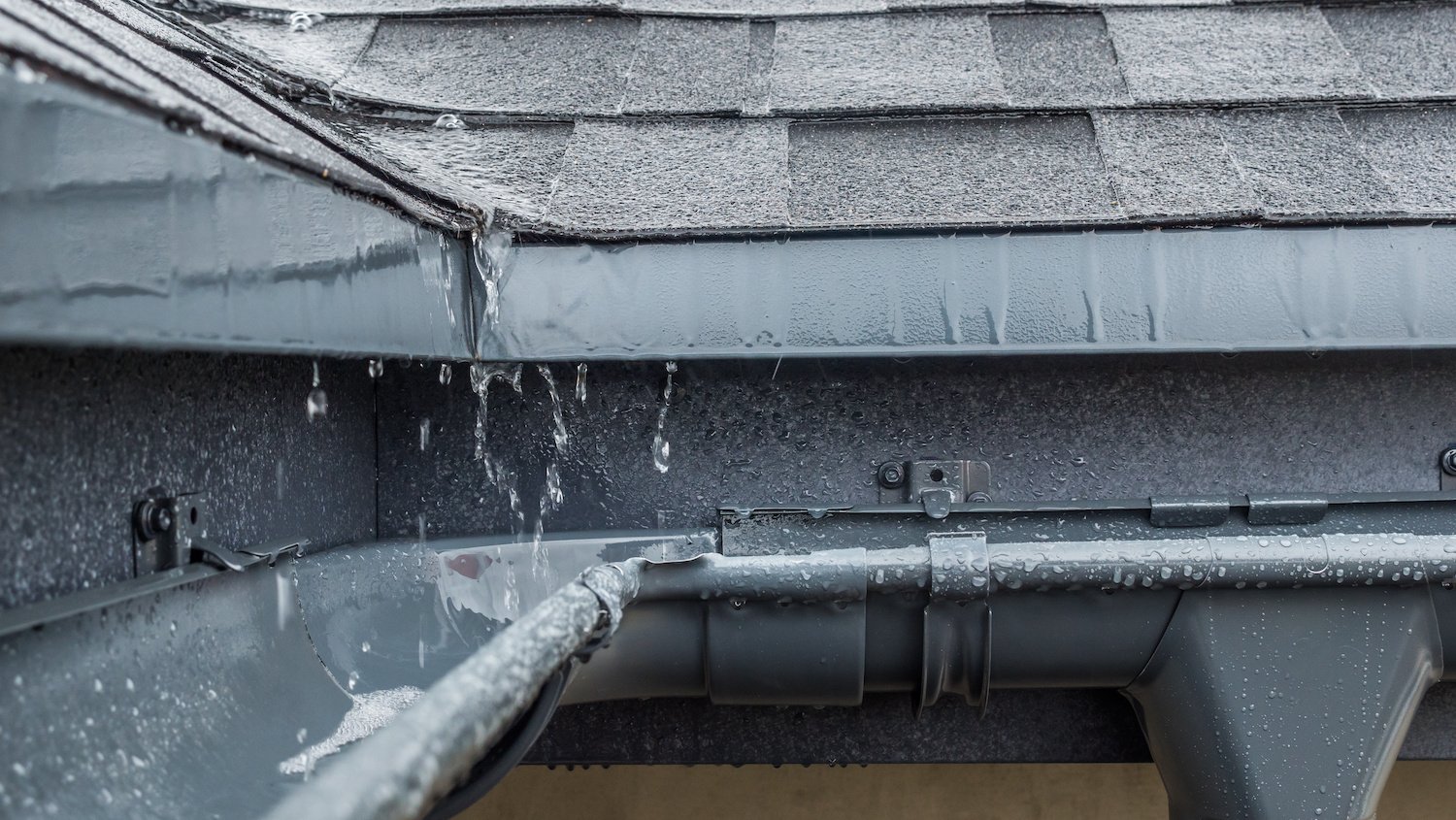

0 thoughts on “Why Is Grass Important To The Environment”